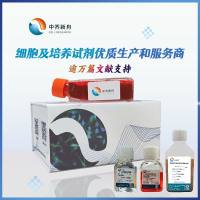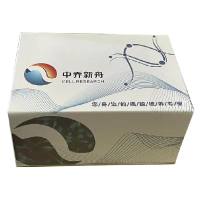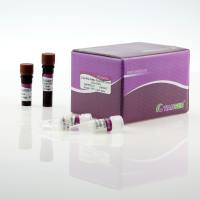PCR: Principles, Procedures, and Parameters
互联网
817
In 1983, the Cetus scientist Kary Mullis developed an ingenious “in vitro” nucleic acid amplification technique termed the polymerase chain reaction (PCR). This technique involves the use of a pair of short (usually 20 bp long) pieces of synthesized DNA called primers and a thermostable DNA polymerase to achieve near-exponential enzymatic amplification of target DNA. Because of the sensitivity of this technique, DNA of relatively poor condition may be amplified, as only short intact sequences are required. Therefore, it is not always necessary to carry out lengthy template sample preparation. For example, a simple boiling step is often enough to release DNA from blood samples (1 ). The starting material for PCR may be DNA from a variety of sources such as blood, tissues, paraffin-embedded material, ancient archaeological samples, or forensic material. The PCR may also be used to amplify RNA, which must first be converted into cDNA by the enzyme reverse transcriptase (RT-PCR). In contrast to DNA, great care must be taken in the preparation and handling of RNA because of its instability and susceptibility to degradation.









